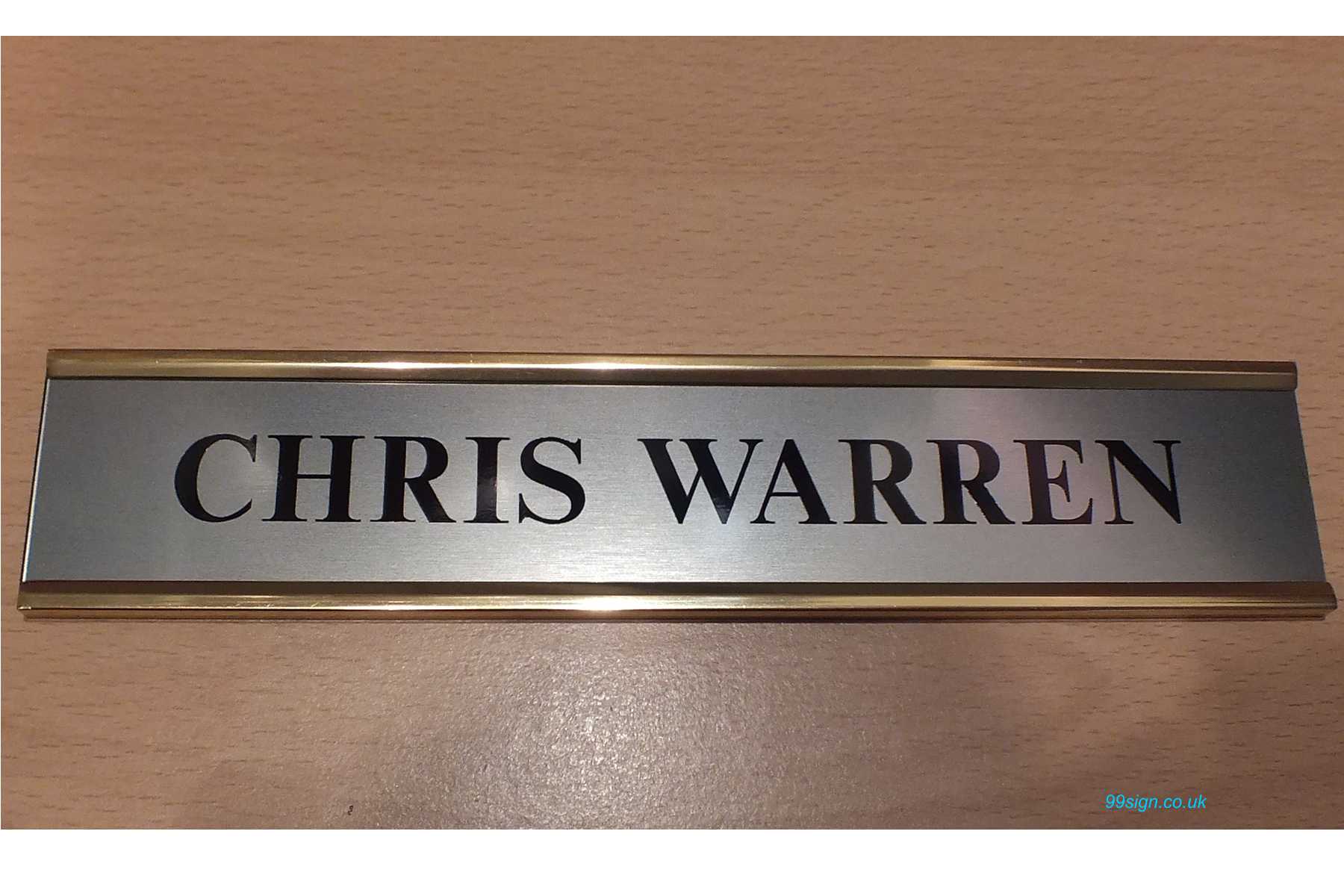BRASS SIGNS
Brass signs may be used for sill signs, corner signs, drum signs, etc., in fact, for most any high-class business firm that can afford to ha\e them pol- ished often enough to keep in good sha])e, as they are far from being a lazy man’s sign, and are being re])laced by the chipped and etched glass sign, and wn”ndow lettering. They are used with any sized bevel, or, without bevel, and make a beautiful sign if kept clean, h’tch and Fnamel, either letters or background. h”"or particu- lars see hatching Brass Signs.
